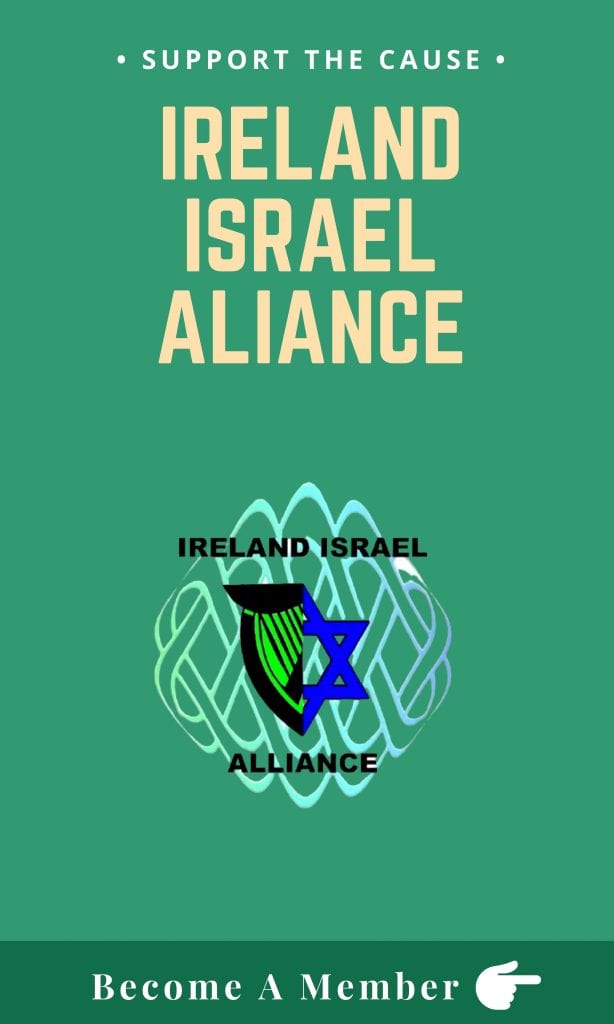Israeli and Egyptian leaders sign peace treaty - 26 March 1979
"Today I tell you, and declare it to the whole world, that we accept to live with you in permanent peace based on justice. We do not want to encircle you or be encircled ourselves by destructive missiles ready for launching, nor by the shells of grudges and hatred. I have announced on more than one occasion that Israel has become a fait accompli, recognised by the world" – Anwar Sadat, President of Egypt, speech to Knesset, 20 November 1977.
Detractors of Israel often have an abstract idea of ‘Israel’ in their heads but know little of its place in the geographical and historical context of the Middle East. They accept as fact the claim in the Palestine National Charter (1964) that ‘Zionism is a colonialist movement in its inception, aggressive and expansionist in its goals’. The story of its relations with its giant neighbour Egypt tells a very different tale.
In modern Israel’s history, anniversaries don’t come much bigger than that of its peace treaty with Egypt. Forty-two years ago, the Egyptian parliament and the Knesset voted to accept the first peace treaty between an Arab state and the Jewish state. On 26 March 1979, the treaty was formalised on the White House lawn between Egyptian President Anwar Sadat and Israeli Prime Minister Menachem Begin.
Considering that the two states had fought four wars over 30 years, the path to peace had been relatively short. On 17 November 1977, Sadat bravely accepted an official invitation from Begin to visit Israel. Two days later, he arrived in Israel, declaring his visit ‘a holy mission’. On 20 November he addressed the Knesset in Jerusalem. Events moved rapidly and, within a month, delegates from the two countries were sitting down together at a peace conference in Cairo.
It is important to note that none of the wars had been sought or provoked by Israel. Egypt, a country vastly larger in area and population, was one of the five Arab states that attacked the nascent Jewish state after its declaration of independence on 15 May 1948. That first war, in which Israel lost one per cent of its population, ended with an armistice in February 1949 that left it in control of the Negev desert and Egypt in control of the Gaza Strip.
The armistice was not peace. For seven years, Egypt continued to blockade the southern Israeli port of Eilat, denying its shipping access to the Red Sea, and encouraged and supplied fedayeen fighters to launch attacks from Gaza. In late October 1956, taking advantage of the British-French reaction to President Nasser’s nationalisation of the Suez Canal, Israeli forces invaded and captured Egypt’s Sinai peninsula. Later, under pressure from US President Eisenhower, it agreed to withdraw, but not before ensuring its freedom of navigation in the Red Sea.
Tensions rose again in May 1967 when Nasser expelled the UN observers and peace-keepers placed in the Sinai a decade earlier, moved Egyptian forces there, and closed the Straits of Tiran, the entry to the Red Sea, to Israeli shipping. Already allied with Syria in a military pact, Nasser began to incite a joint war against Israel, loudly threatening it with extermination. Jordan’s reluctant King Hussein was bullied to join in.
Israel’s response was the spectacular pre-emptive strikes against the Egyptian and Syrian armies that enabled it, though outnumbered, to defeat its enemies in six days. Israel’s victory gave it possession of huge territories – the Sinai peninsula and Gaza Strip captured from Egypt, the Golan Heights from Syria and Judea-Samaria and eastern Jerusalem from Jordan.
The fourth war arose from an attempt by Egypt and Syria to reverse the results of the third. Launched on the feast of Yom Kippur, 6 October 1973, a co-ordinated surprise attack caught Israeli forces in the Sinai and the Golan Heights off guard. Israel lost ground to the Egyptians in the western Sinai and to the Syrians in the Golan Heights. In 19 days of fighting, albeit with heavy losses in soldiers and equipment, and with the help of US aid, it managed to reverse the Arab gains.
For Israel, the experience was a sobering warning against complacency. For Egypt, the humiliation of 1967 had been undone and honour restored. In different ways, this allowed both sides to make peace.
Under the peace treaty terms, the two states agreed to mutual recognition, full diplomatic relations and an end to the 30-year state of war between them. Israel agreed to complete withdrawal from the Sinai, an area almost three times its own size, while Egypt agreed to its demilitarisation as well as the free passage of Israeli ships through the Gulfs of Suez and Aqaba. A difficult concession for Israel that aroused much controversy among its citizens was the uprooting of its twelve settlements in the Sinai, the largest, Yamit, a town of 2,500 people.
The allegedly ‘expansionist’ Israel had withdrawn – twice – from territory it had conquered by right of self-defence. The peace treaty included clauses relating to the Palestinian Arabs. These led on to the agreements at Oslo in the 1990s under which Israel withdrew its military from, and gave autonomy to, the Arab-populated urban parts of Judea-Samaria in Areas A and B.
For their momentous achievement, Sadat and Begin shared the Nobel Peace Prize. However, the Arab world did not receive it well. Egypt was suspended from the Arab League, and Sadat was assassinated by an Islamic Jihad terrorist in 1981.
Syria has not yet produced a Sadat; neither have the Palestinians, whose political culture remains under the evil influence of the lamentable Arafat and his successor Abbas.
But then, leaders as bold and far-seeing as Anwar Sadat are rare in a nation’s history.
by Dermot Meleady




